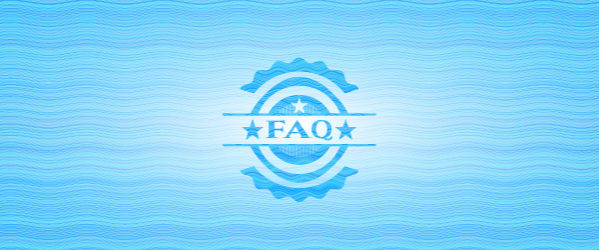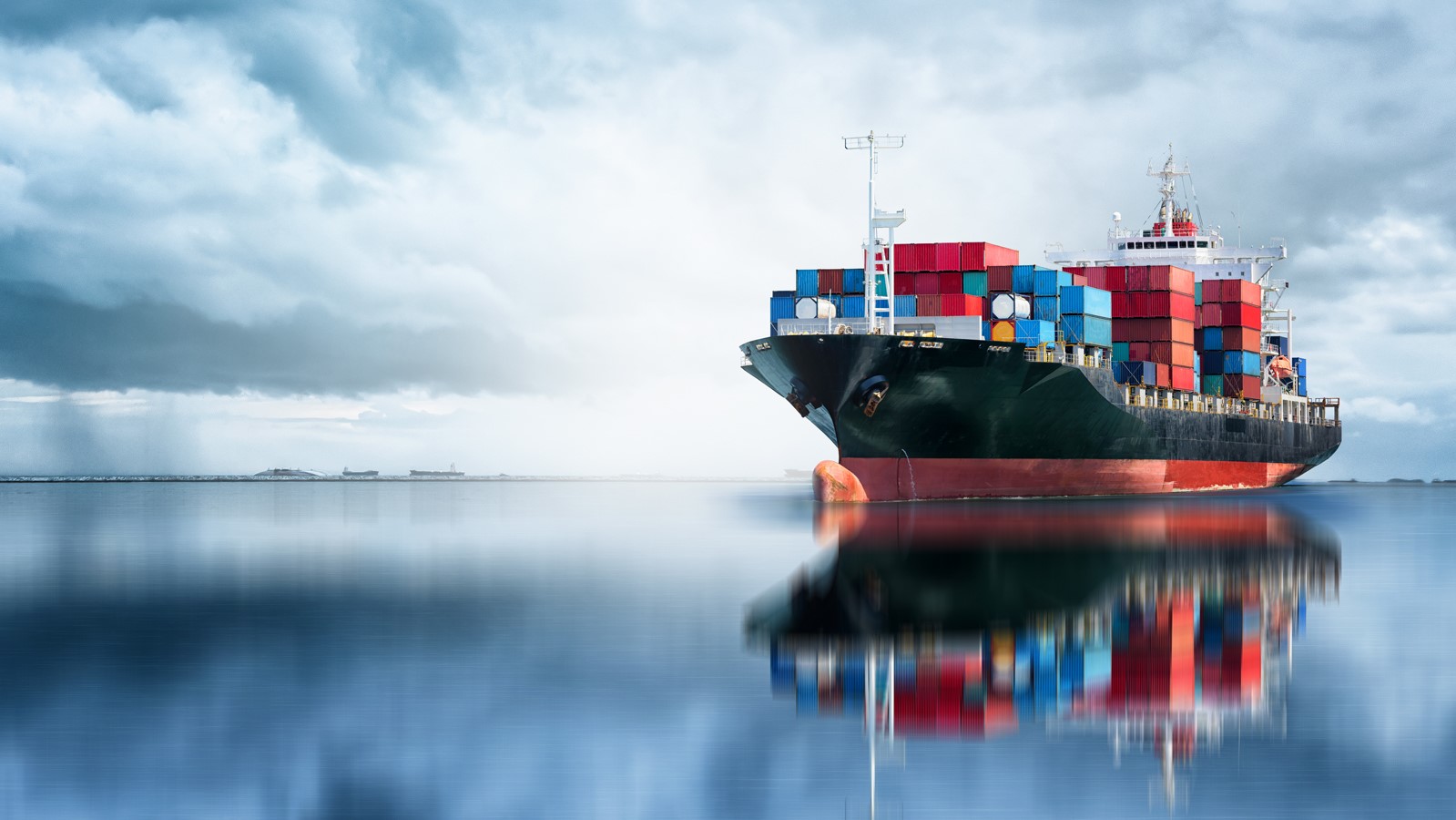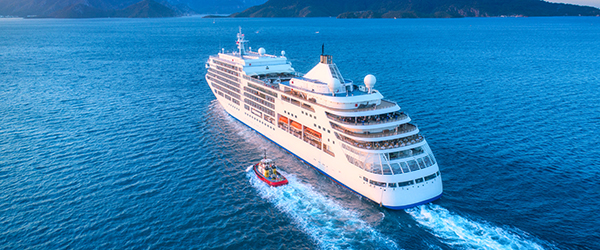The Ballast Water Management Convention (BWMC) entered into force globally on September 8, 2017. In a recent document, the International Maritime Organization (IMO) responded to frequently asked questions about the BWMC and its provisions, and what the entry into force means for international shipping. Here’s a brief summary.
What is the Ballast Water Management Convention (BWMC)?
The Ballast Water Management Convention (full name International Convention for the Control and Management of Ships’ Ballast Water and Sediments, 2004) is a treaty adopted by the IMO in order to help prevent the spread of potentially harmful aquatic organisms and pathogens in ships’ ballast water.
Why is there a new regulation for Ballast Water?
It has been estimated that more than 4,000 species are transported daily in ballast tanks and that about 40 recent incidents of invasive species have been caused by these transfers. The impact of these invasive species can be classified into 3 main categories: the ecological threat, the health risk, the economic impact. Learn more about it in our first blog article, Ballast Water 101.
How is it going to be implemented?
Compliance with the BWMC will typically entail mid ocean exchange of the ballast water (D-1) during the Convention’s first years to be substituted by a stricter regime (D-2) at a point in time defined by the ship’s International Oil Pollution Prevention (IOPP) certificate. The D-2 discharge standard necessitates installation of a treatment system that removes or sterilizes organisms before the discharge of ballast water in the port of call. The D2 standard defines 3 classes of organisms (>50µm, 10µm to 10µm, bacteria) with a maximum limit to allow discharge.
The Experience Building Phase (EBP) is a 5-year timeline after entry into force to produce a package of evidence-based proposed amendments to the BWMC. The EBP is intended to gather information on Port State control ballast water sampling and testing compliance with the D2 standard, as well as treatment systems.
When did the convention enter into force?
The BWMC was adopted by IMO in 2004 and entered into force on September 8th 2017. As of that date, all new ships must comply with D-2 and all existing ships will have to do a retrofit to comply with the D-2 standard depending on the date of their last IOPP survey.
With a few exceptions this mean all ships in international trade will have to comply with the BWMC regulation at least by the end of 2024.
What does it mean for the shipping industry?
As of September 8 th 2017 all ships must have a Ballast Water Management Plan, a Ballast Water Record Book and an International Ballast Water Management Certificate. Most ships will have to install a treatment system on board by 2024.
Installing a ballast water treatment system is no small task for shipowners, with significant implications for costs, installation, training, and operation.
Ships will be subject to port State control in any port. This inspection may include verifying the ballast water certificates and sampling-analysis of the ship’s ballast water.
The full IMO’s top FAQ’s has been made available to the general public.
LuminUltra has been working on a rapid, on-board ballast water testing solution for many years and is working to help the marine industry navigate this new testing requirement. Contact us for more information about how LuminUltra’s ballast water test kit can help ship owners meet these new regulatory requirements.









